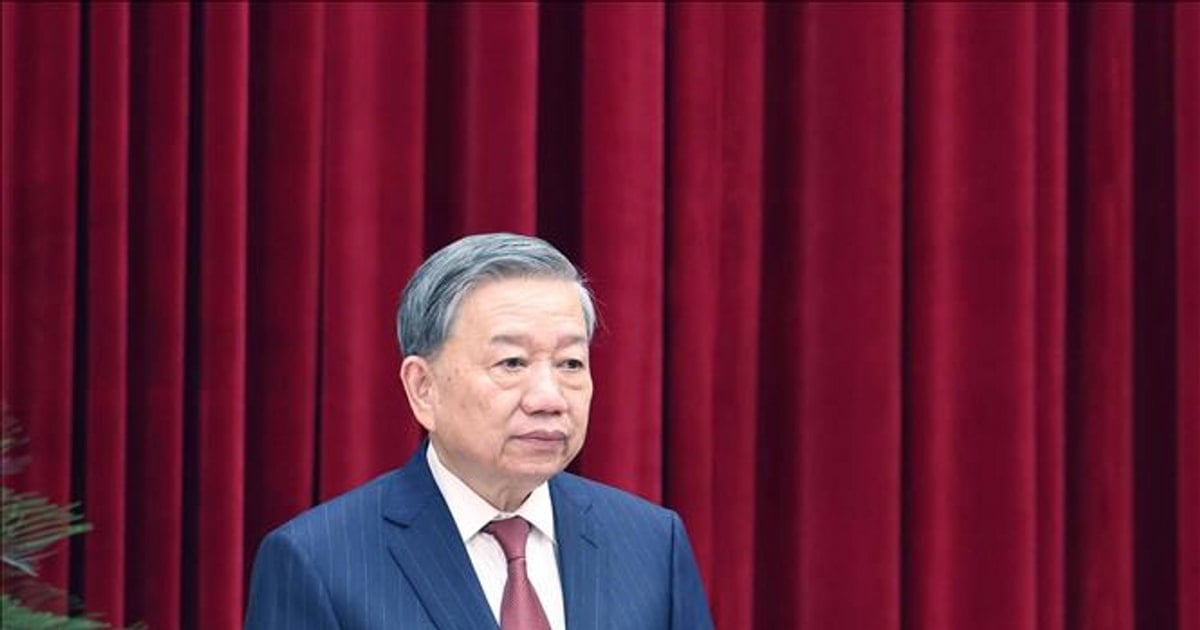World currency exchange rates
In the US market, the US Dollar Index (DXY) measuring the greenback's fluctuations against six major currencies (EUR, JPY, GBP, CAD, SEK, CHF) decreased by 1.87% to 101.94.
The dollar fell sharply against major currencies on Tuesday, falling to a six-month low against the euro and the yen, as investors grappled with the impact of US President Donald Trump’s tariff policies on global trade and economic growth.

The announcement of “harsher” tariffs sent shockwaves through markets, sending global stocks into the red and forcing investors to move into less risky currencies, bonds and gold, amid fears that a sharp global economic slowdown would spur inflation.
Meanwhile, the dollar reacted little to weaker-than-expected data from the Institute for Supply Management (ISM) on April 3 showing that the US services sector slowed to a nine-month low in March amid uncertainty over import tariffs. In addition, the number of Americans filing new unemployment claims fell last week, pointing to continued stability in the labor market.
Investors are also waiting for the non-farm payroll report released today, April 4, for more signals on the labor market situation and the future interest rate policy path of the US Federal Reserve (Fed), as well as a speech by Fed Chairman Jerome Powell today.
In contrast, the euro hit a six-month high, rising 1.74% to $1.1037, its biggest one-day gain since November 2022. The dollar fell 1.95% against the Japanese yen to 146.445 yen and 2.35% against the Swiss franc to 0.8608 franc.
Previously, Mr. Donald Trump said he would apply a basic tax of 10% on all imports into the US and higher taxes on some of the country's largest trading partners. Specifically, President Donald Trump imposed tariffs on aluminum, steel and cars, and increased taxes on all goods from China.
Accordingly, the US will impose a 34% tax on imports from China, 20% on the European Union (EU), 25% on South Korea, 24% on Japan, 32% on Taiwan (China) and 46% on imports from Vietnam.
Other countries subject to the 10% tariff include the UK, Australia, Colombia, Chile, Brazil and Türkiye. Notably, Canada and Mexico are not included in the list of countries subject to the US reciprocal tariffs this time.
Investors are concerned that some of America's trading partners could retaliate with measures of their own, leading to higher prices.
China's onshore yuan has slid to its weakest level against the dollar since mid-February.
The Mexican peso and CAD rose, while the US dollar fell more than 1% against both currencies.
Canada and Mexico, two of the US's largest trading partners, have faced 25% tariffs on many goods.
Domestic foreign exchange rates
In the domestic market, at the beginning of the trading session on April 4, the State Bank announced the central exchange rate of the Vietnamese Dong against the USD increased by 3 VND, currently at 23,854 VND.
The reference exchange rate at the State Bank's transaction office increased slightly, currently at: 23,662 VND - 26,046 VND.
USD exchange rates at commercial banks are as follows:
At Vietcombank, the USD exchange rate is 25,590 - 25,820 VND/USD, up 16 VND in both directions, compared to yesterday's trading session.
PVcomBank is buying USD cash at the lowest price: 1 USD = 25,160 VND
VietinBank is buying USD transfers at the highest price: 1 USD = 25,984 VND
In the "black market", the black market USD exchange rate increased by 83 VND for buying and 108 VND for selling, compared to yesterday's trading session, trading around 25,922 - 26,022 VND/USD.
The EUR exchange rate at the State Bank's buying and selling exchange center increased slightly, currently at: 25,721 VND - 28,428 VND.
The Japanese Yen exchange rate at the State Bank's buying and selling exchange center increased slightly, currently at: 160 VND - 176 VND.
Source: https://baodaknong.vn/ty-gia-ngoai-te-hom-nay-4-4-dong-usd-cham-day-6-thang-248245.html





![[Photo] Overcoming all difficulties, speeding up construction progress of Hoa Binh Hydropower Plant Expansion Project](https://vstatic.vietnam.vn/vietnam/resource/IMAGE/2025/4/12/bff04b551e98484c84d74c8faa3526e0)
![[Photo] Closing of the 11th Conference of the 13th Central Committee of the Communist Party of Vietnam](https://vstatic.vietnam.vn/vietnam/resource/IMAGE/2025/4/12/114b57fe6e9b4814a5ddfacf6dfe5b7f)

















































































Comment (0)